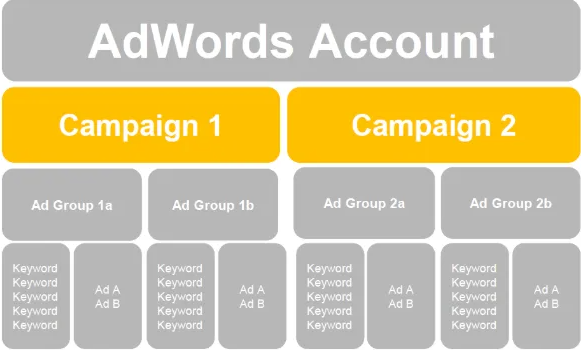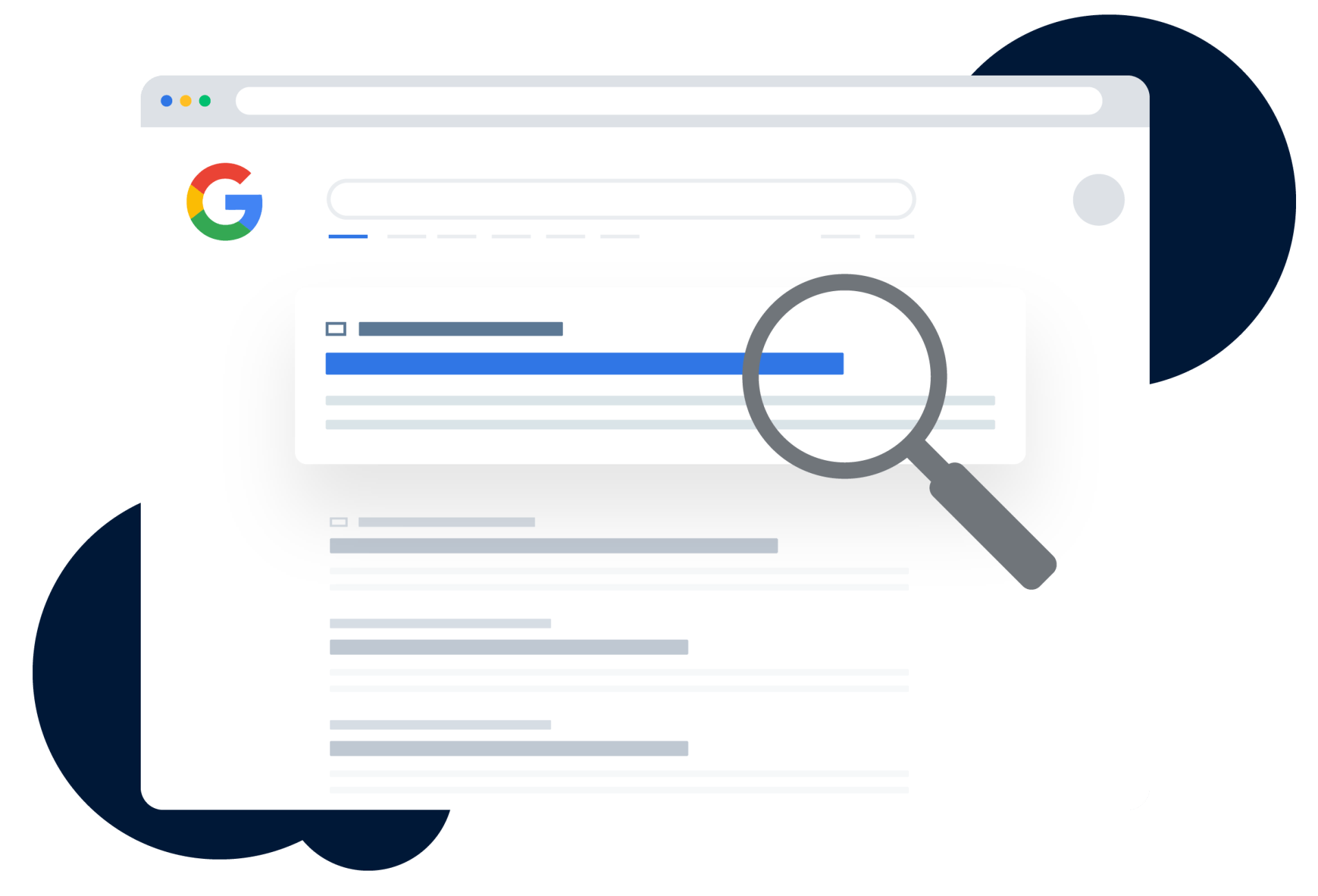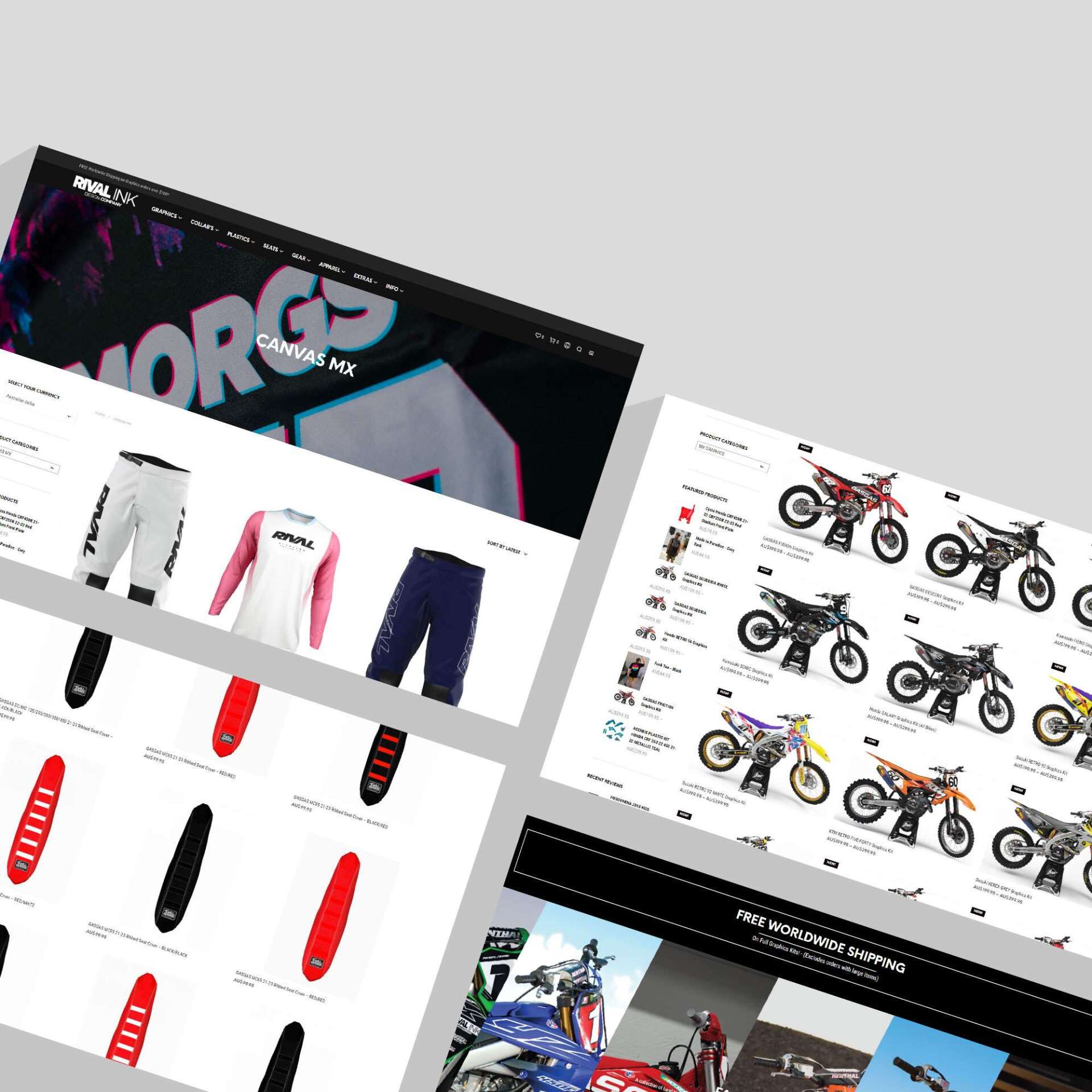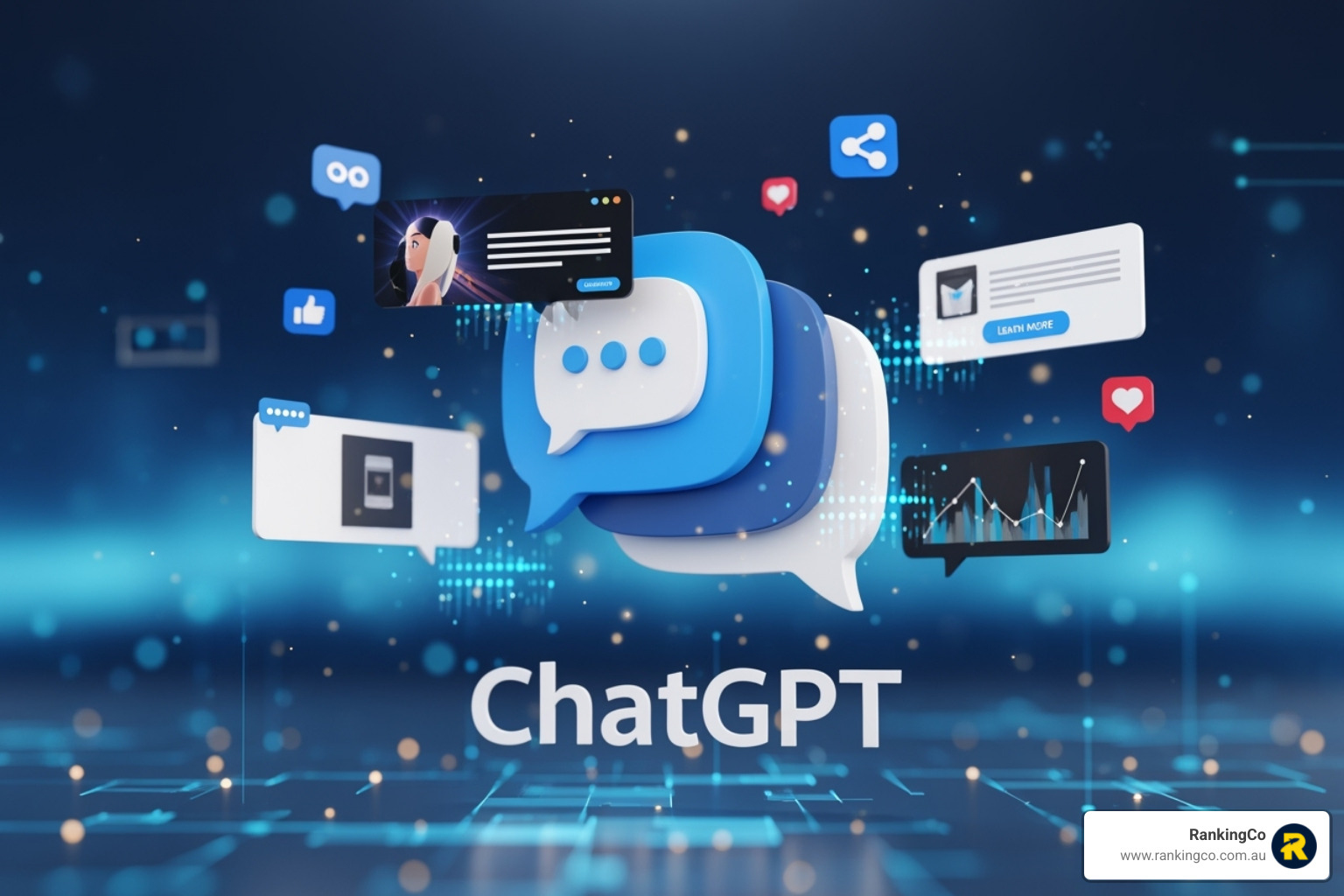How are Google Ads Run?
Kerry Anderson • January 1, 2020

How are Google Ads Run?
Looking at the above image you can see there are 2 campaigns. You set the daily budget at the campaign level so it’s important to ensure that you do not use more than the total allocated budget for the entire account. You also set the location to be targeted at the campaign level. Under each campaign are the AdGroups. You use AdGroups to separate the ads or products that you wish to advertise. So if you wanted to advertise for an electrician you would set one ad group for after-hours services and all the ads would match as would the keywords - then for the other adgroup, you would advertise domestic electrician services specific to the service required eg hot water element, power points, etc so the ads which are created are relevant to what the person is searching on Google.
Google enables businesses to “bid” on keywords (which is what someone physically types into Google) that they want their ads to show for. Google doesn’t charge the business unless someone clicks on the ad. If someone just looks at the ad and scrolls past it Google calls that an “impression”. If they then click on the ad Google charges them a fee based on a few metrics: ad relevance, landing page experience, expected click-through rate, how many other businesses are bidding on that keyword plus more. It is an online auction run at the time someone searches for a term ~ Google calls it a “cost per click” as they charge for every click.
Businesses choose what search terms they want their ads to appear for, where they want their ads to show, how much they are willing to spend on Google per day and per click, what time of day/day of the week they wish to show plus more.
The amount Google charges per click is dependent on your Quality Score as well as how competitive the search term is. If you were an insurance company wanting to show for the words “auto insurance price quotes” you would pay around $54.91 per click. The figure can be higher then this if your Quality Score is poor.
Your Quality Score is made up of three things:
1. Ad relevance measures how closely related your keyword is to your ads.
2. Landing Page Experience. A measure that Google Ads uses to estimate how relevant and useful your website's landing page will be to people who click your ad.
3. Expected Click Through Rate measures how likely it is that your ads will get clicked when shown for that keyword, irrespective of your ad's position, extensions and other ad formats that may affect the prominence and visibility of your ads.
In order for your client to get leads they will need to have a sufficient budget allocated to their account to enable their ad to remain visible when their clients are searching. Think of yourself going to a shopping center to buy an outfit. You might walk in and out of 15 different stores before you finally settle on the item of clothing you wish to buy. Online is no different. People click in and out of ads looking for what they feel is the best website (and ultimately company) to service their inquiry. We know through experience that a client needs to receive no less than 10 clicks per day in order to achieve 1-2 inquiries. So in order to gain those 10 clicks their daily budget needs to be = (10 x the average cost per click) of their keywords. So if we use the example of an electrician in San Francisco, Google currently charges on average $6 per click, so your client would require a $60 per day budget to get 1-2 calls per day.
Google split tests the ads they show to your audience to determine the best performing ad to display. Because of this you will always have no less than 3 ads per ad group to enable enough options for Google to select between.
In order for your client to get leads they will need to have a sufficient budget allocated to their account to enable their ad to remain visible when their clients are searching. Think of yourself going to a shopping center to buy an outfit. You might walk in and out of 15 different stores before you finally settle on the item of clothing you wish to buy. Online is no different. People click in and out of ads looking for what they feel is the best website (and ultimately company) to service their inquiry. We know through experience that a client needs to receive no less than 10 clicks per day in order to achieve 1-2 inquiries. So in order to gain those 10 clicks their daily budget needs to be = (10 x the average cost per click) of their keywords. So if we use the example of an electrician in San Francisco, Google currently charges on average $6 per click, so your client would require a $60 per day budget to get 1-2 calls per day.
Google split tests the ads they show to your audience to determine the best performing ad to display. Because of this you will always have no less than 3 ads per ad group to enable enough options for Google to select between.










_compressed.png?alt=media&token=959af9e2-5905-4fce-9978-10f99bceca13)




